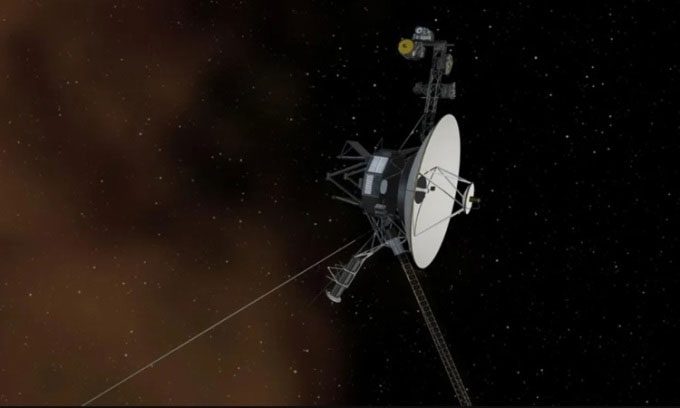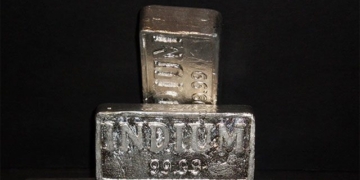After a long period of communication issues with the Voyager 1 spacecraft, NASA has received a meaningful signal from the spacecraft that is currently flying in interstellar space for the first time.
After four months of tension, NASA has finally received a decipherable signal from the Voyager spacecraft, as reported by Live Science on March 15. Since November 2023, the nearly 50-year-old spacecraft has been experiencing computer issues. Although Voyager 1, one of NASA’s longest-running space missions, has been regularly sending radio signals back to Earth, those signals did not contain any useful data, leaving scientists perplexed.

Simulation of Voyager flying in space. (Image: NASA).
Currently, in response to a command sent from Earth on March 1, NASA received a new signal from Voyager 1 that engineers were able to decode. Scientists on the mission hope that this information can help them understand the recent communication issues experienced by the spacecraft.
“The root of the problem seems to lie in one of the three onboard computers, the Flight Data System (FDS), which is responsible for packaging scientific and engineering data before sending it back to Earth via the telemetry modem,” NASA stated.
On March 1, in an effort to find a solution to the Voyager 1 computer issue, NASA sent commands to the FDS onboard the spacecraft, instructing the device to use various sequences within the software package to help efficiently check for potentially erroneous data. Voyager 1 is more than 24 billion kilometers away from Earth. This means that any radio signal sent from Earth takes 22.5 hours to reach the spacecraft, and any response takes an equivalent time to be received back on Earth.
On March 3, NASA detected activity from a component of the FDS that was different from the unreadable data stream they had received earlier. Four days later, engineers began the task of decoding this signal. By March 10, the entire team discovered that the signal contained information about the entire memory of the FDS, including instructions on what the FDS needed to do, variable coding values that could change based on commands from NASA, and downloadable scientific and engineering data.
Voyager 1 is farther from Earth than any other artificial object. The spacecraft was launched in 1977, just a few weeks after its twin, Voyager 2. The original mission objective was to explore Jupiter and Saturn. However, after nearly five decades and countless discoveries, the mission continues to travel beyond the boundaries of the Solar System.
Currently, NASA scientists will compare the new information with data collected before the issue arose, searching for discrepancies in coding and changes that may reveal the source of the problem. However, NASA emphasizes that they need time to determine whether the information obtained from the new signal can be used to resolve Voyager 1’s ongoing communication issues.




















































